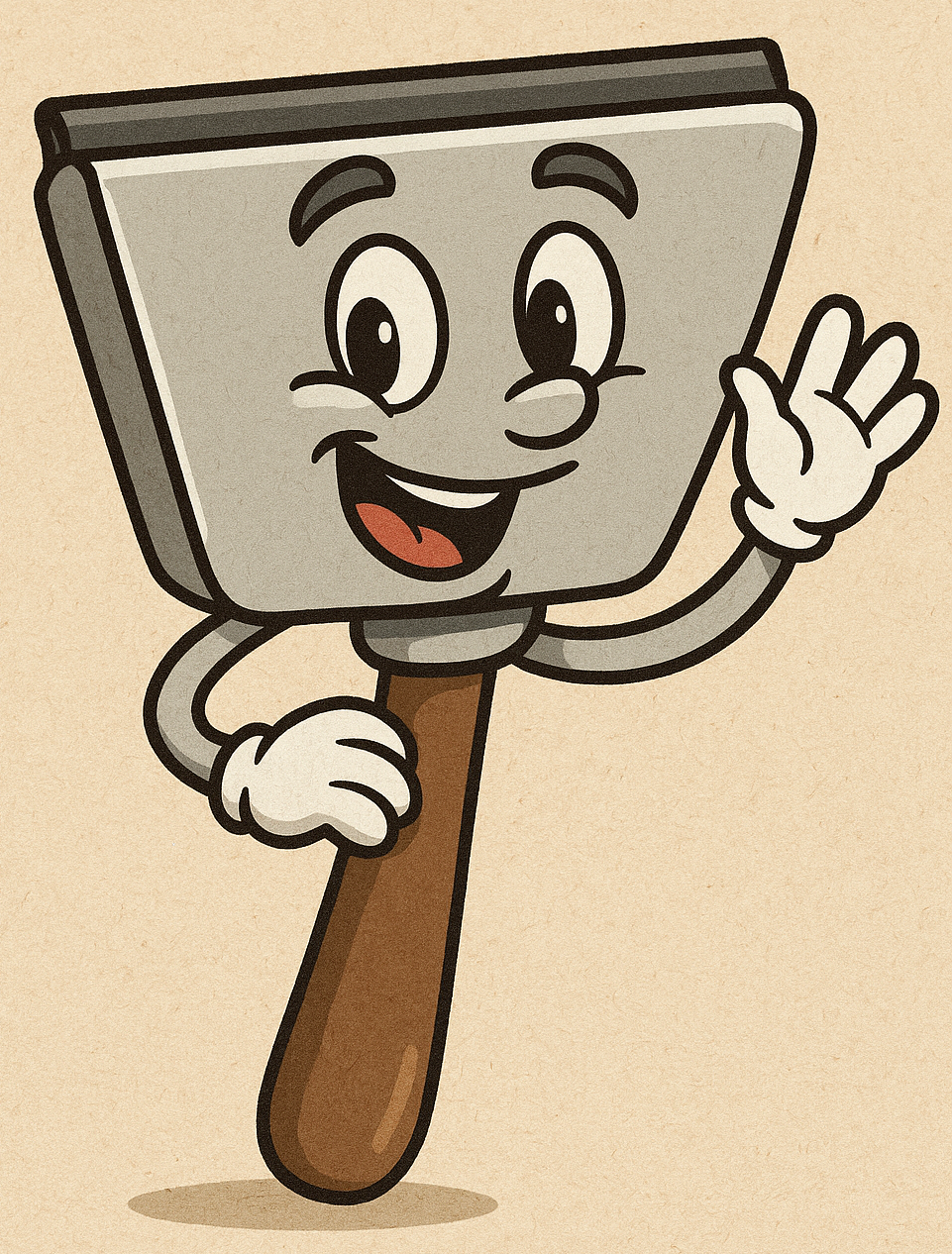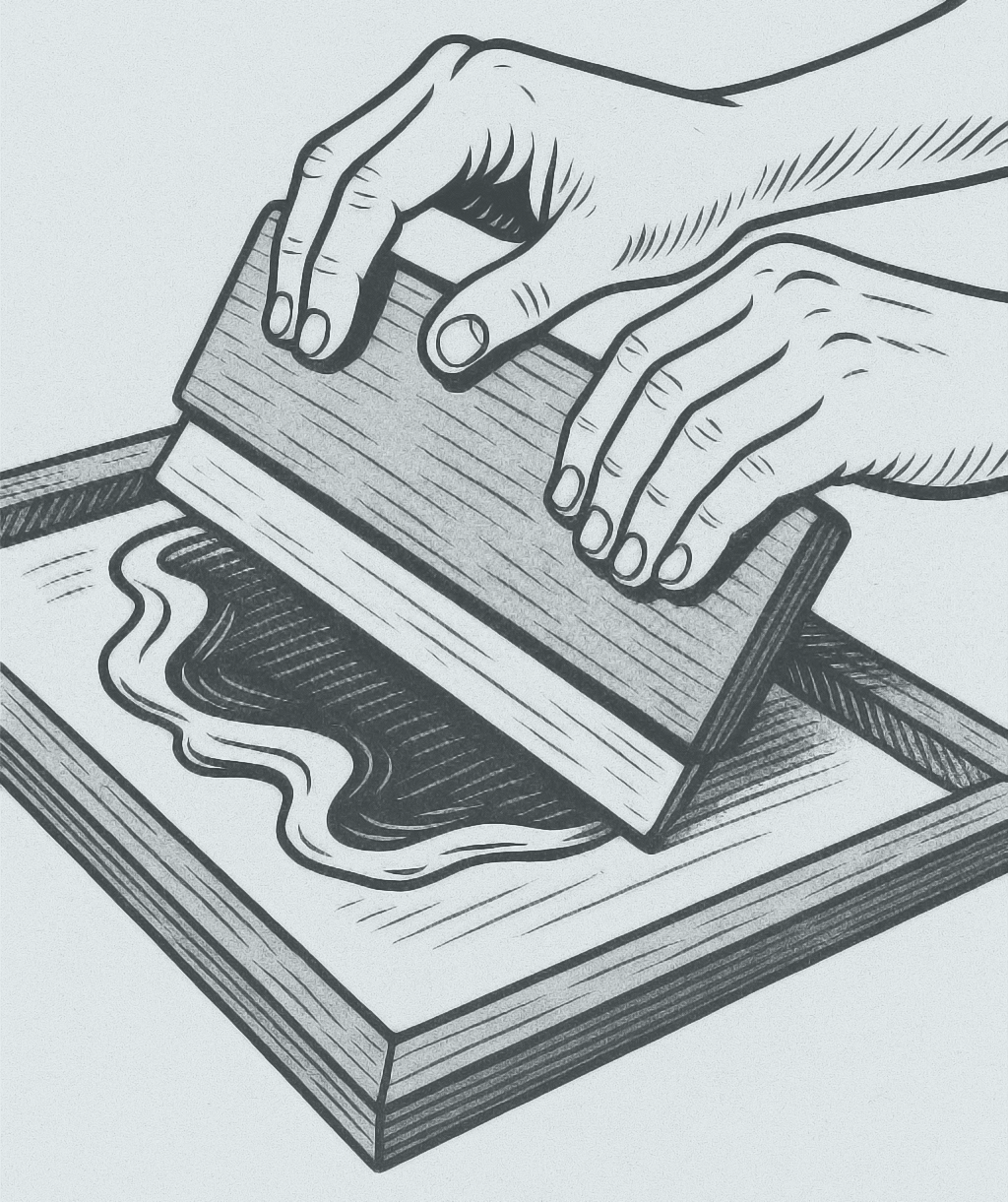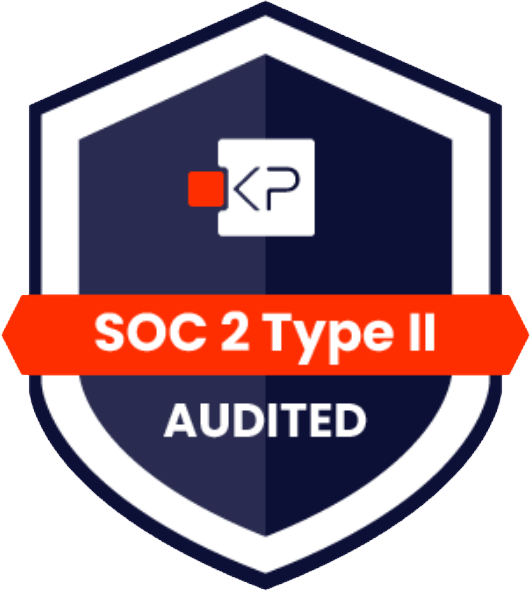
How the Squeegee Got Its Name
This simple, but essential tool has remained virtually unchanged for a century.
The English language is full of funny-sounding words, at least one of them industry-adjacent.
“Squeegee.”
Yes, squeegee, that simple, but effective tool used to clean windshields. If you visualize a consumer at the fuel pump, chances are you’re picturing them leaning over their hood, squeegee in hand.
Squeegee. What a word. It sounds almost too cute, like it should belong to a cartoon character—perhaps someoneêor something—like this:

So how did such a basic tool get such a weird name? To answer that, it helps to explain how it came to be in the first place.
Though the squeegee is a long-standing tool for motorists and gas station attendants, it did not get its start in the retail petroleum industry. The idea was co-opted from industrial window washers at the turn of the 20th century, who innovated a solution to get large plate glass panels clean without streaking. They were often pretty crudely instructed, but even cobbling a rubber blade affixed to a makeshift wooden handle represented a big step up from the cloths and metal blade scrapers the profession had been using before.
The squeegee more or less turned into the tool that we all know in 1936, when Italian entrepreneur Ettore Steccone patented a one-piece version with a rubber blade integrated into a lightweight handle. In fact, the company he founded is still in business today, and for good reason: his version has remained basically unchanged since then, with additions like ergonomic handles, synthetic rubbers, and swivel heads featured in more modern versions.
What about that name, though?
Well, sources are somewhat clouded, but most language historians think the word is meant to mimic the sound the instrument makes when it is being dragged across wet glass. It evolved from the less evocative squeege, a term used in the 18th and 19th centuries to describe a tool for pressing out liquid in the context of printing or painting:

However, the squeegee is much more than a funny name. It’s so integrated into our daily routine that we don’t notice it—until we want one, find out it isn’t available, and are forced to seek out an inferior method, with less clarity, to see where we are going.
It’s kind of like what successful operators experience when they take full advantage of the Computerized Daily Book (CDB) back office software from SSCS. The technology integrates into the store’s daily work processes to provide the clearest possible view of where the store is headed. Operators can make smart confident decisions in the moment without guesswork, and move forward accordingly.
The squeegee might not get the spotlight, but it always delivers on what it promises. Likewise, the CDB provides many additional insights without disrupting the way you do business, quietly keeping the journey smooth. If you’d like to get a sharper view of how your c-store is performing, while you still have time to navigate out of trouble, give us a call at (800) 927-7277 and we can chat.






Leave A Comment